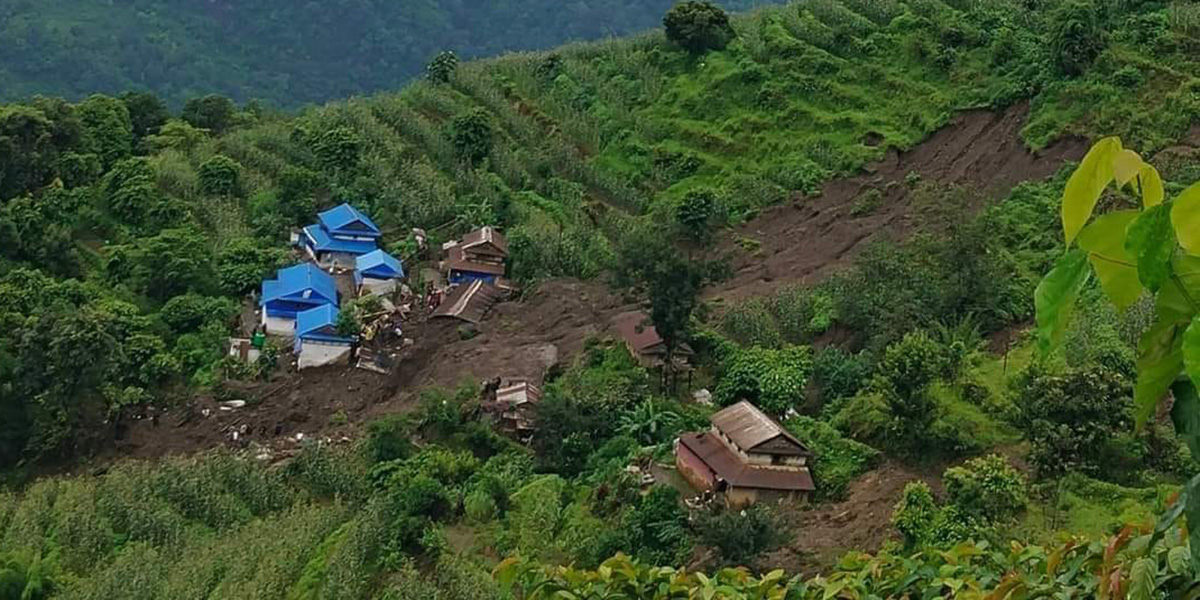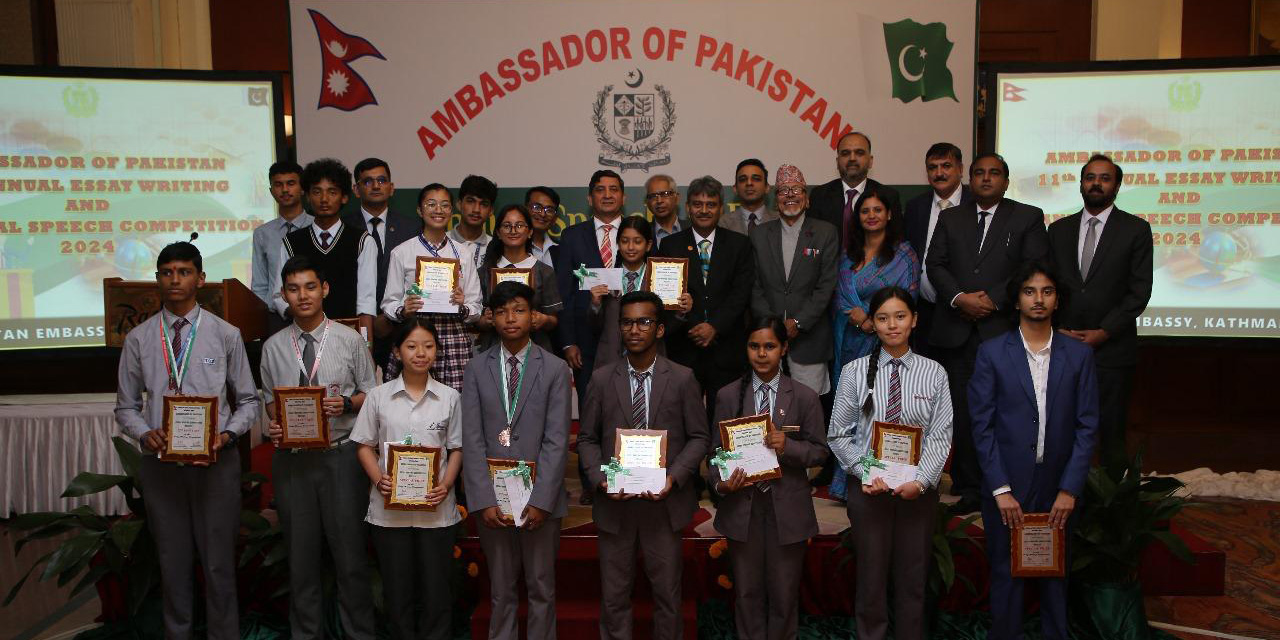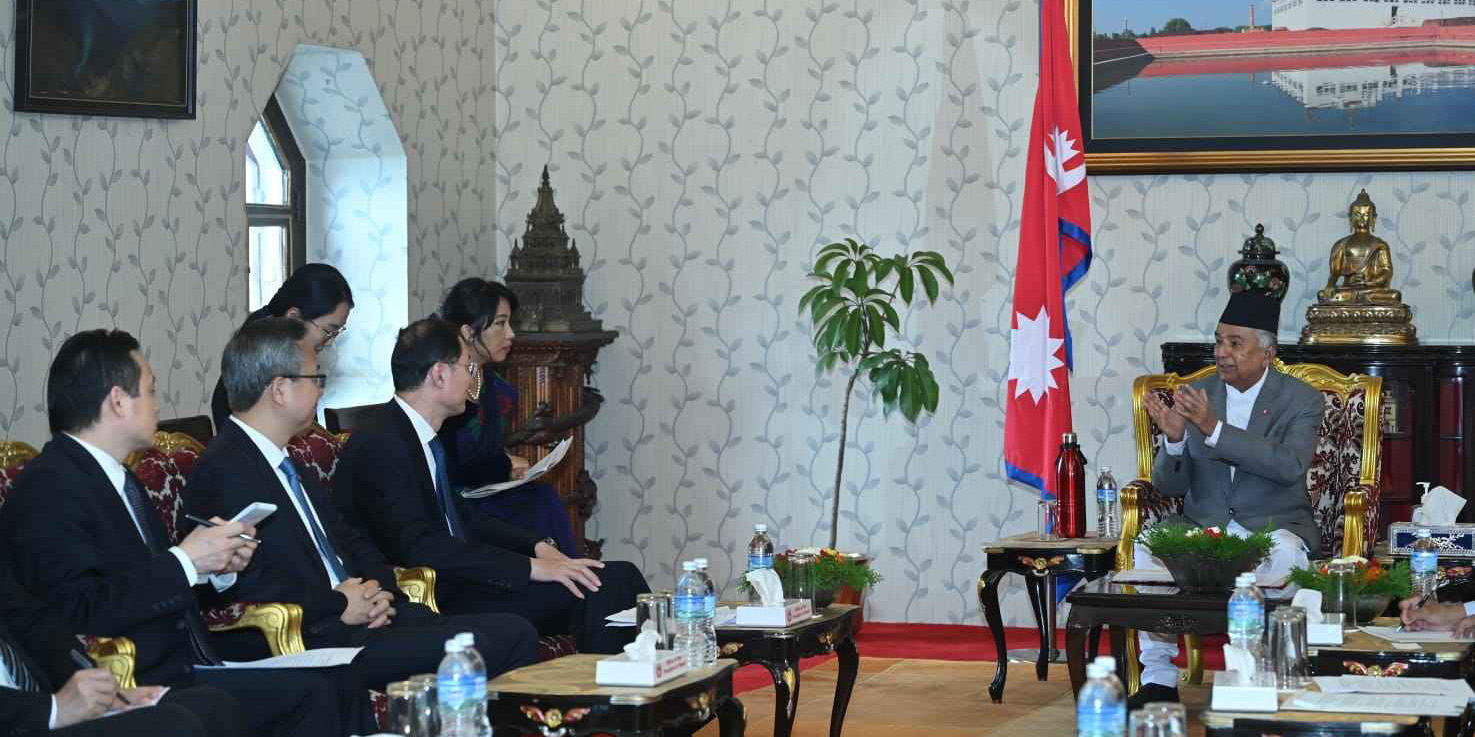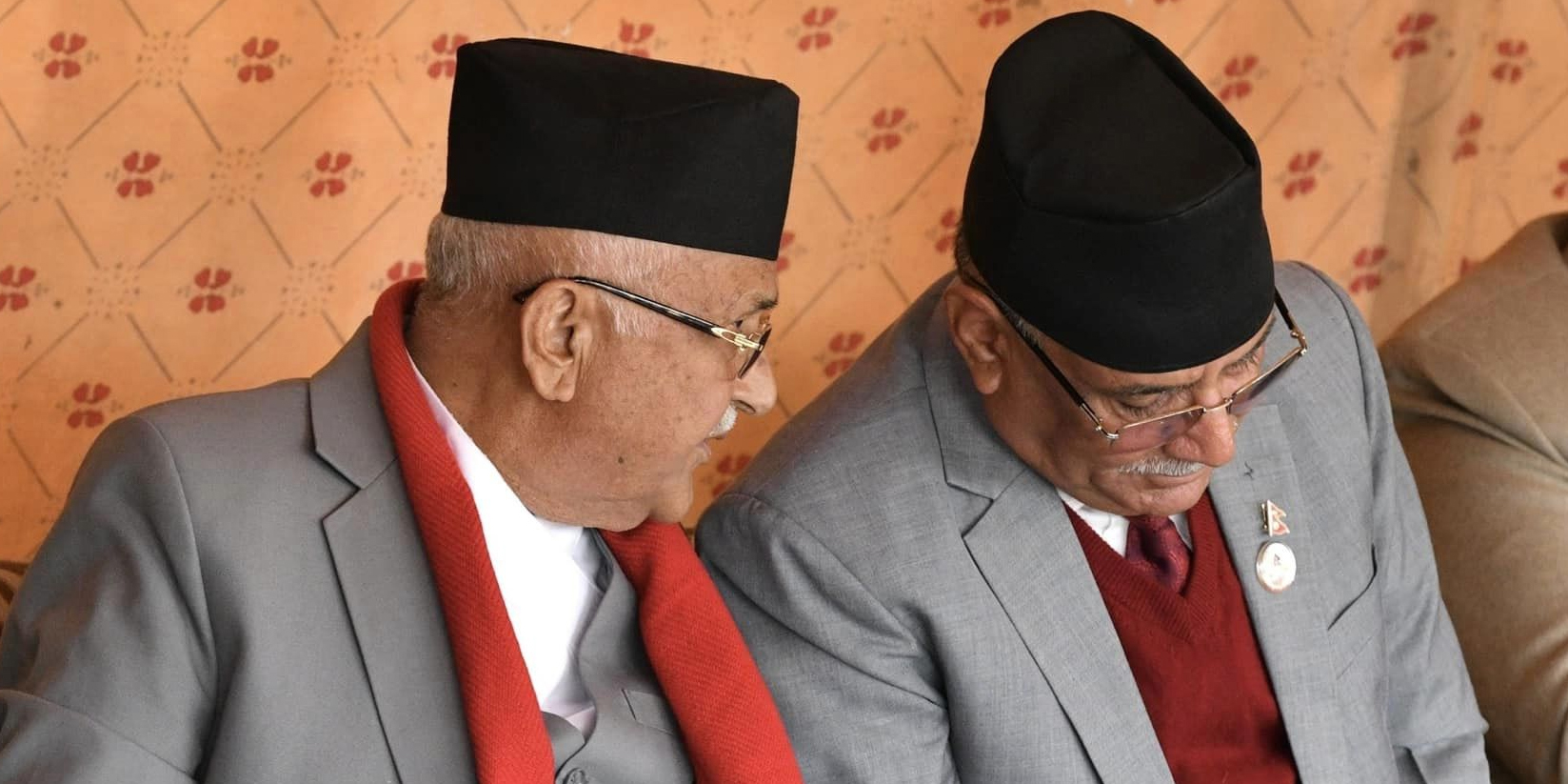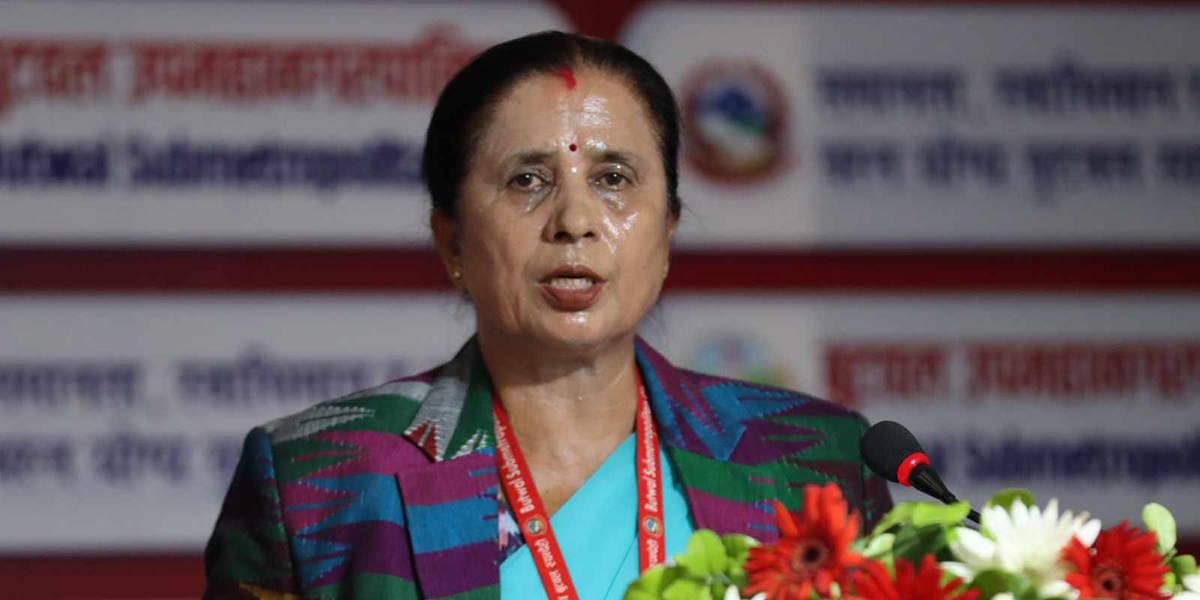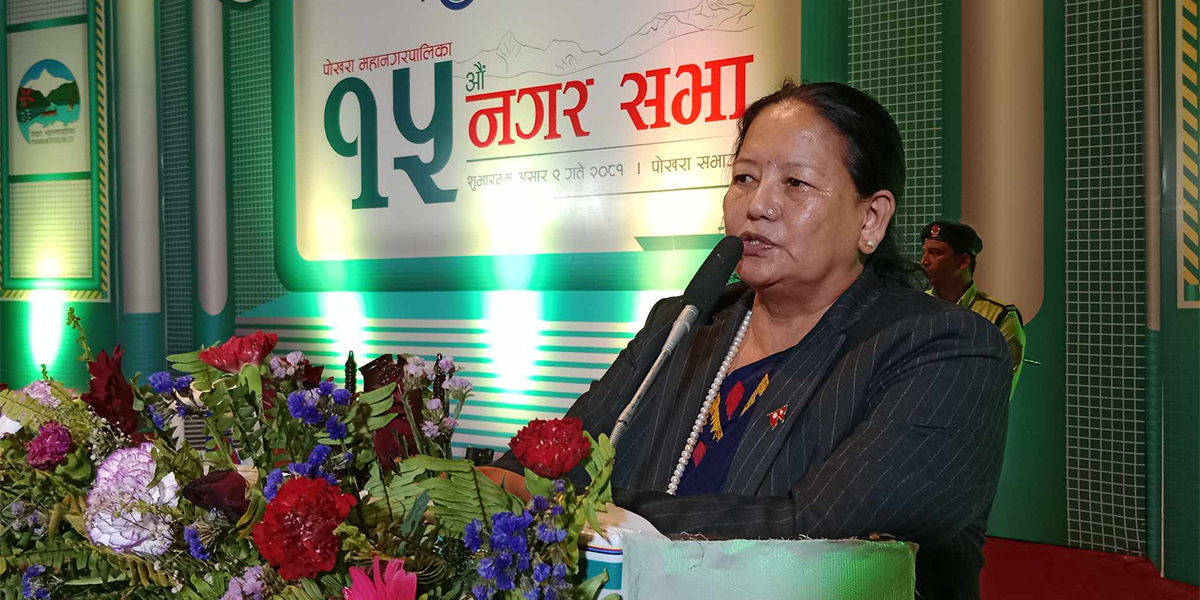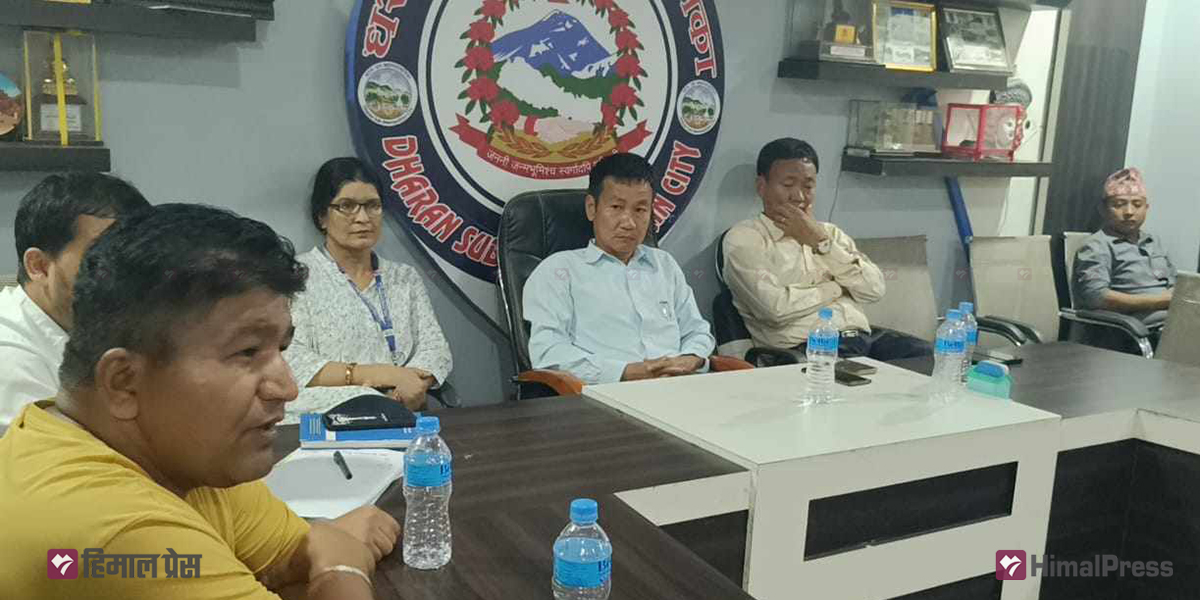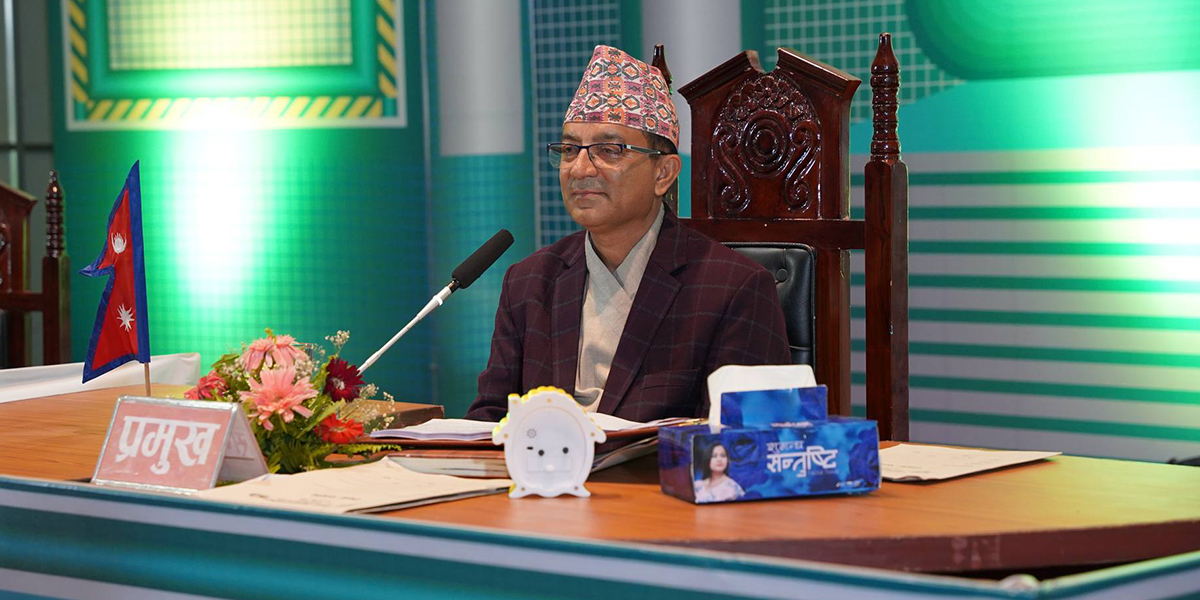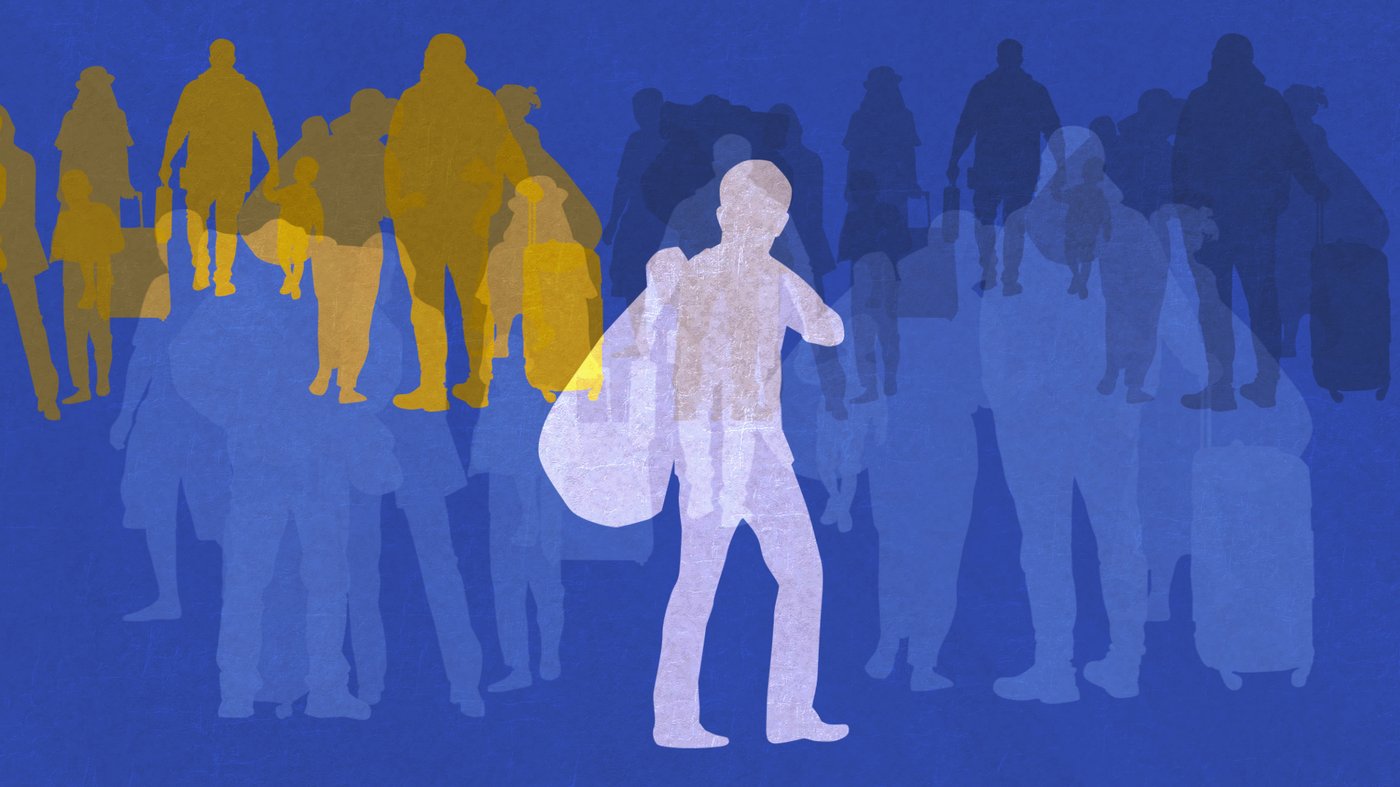 Illustration: Michael Joiner/360info
Illustration: Michael Joiner/360info
New policy has been brought in after EU asylum applications hit a seven-year high, but some warn it has ‘devastating implications’.
In 2023, European Union countries received 1,048,900 first-time asylum applications from non-EU citizens. This was 20 percent more than in 2022 and slightly lower than the peak of 1,216,900 during the height of the “refugee crisis” in 2015.
On May 14, 2024, the European Council adopted a new Migration and Asylum Pact, which proclaims “firm but fair rules”. But concerns have been raised, as critics allege it is harder for people in need to qualify for protection.
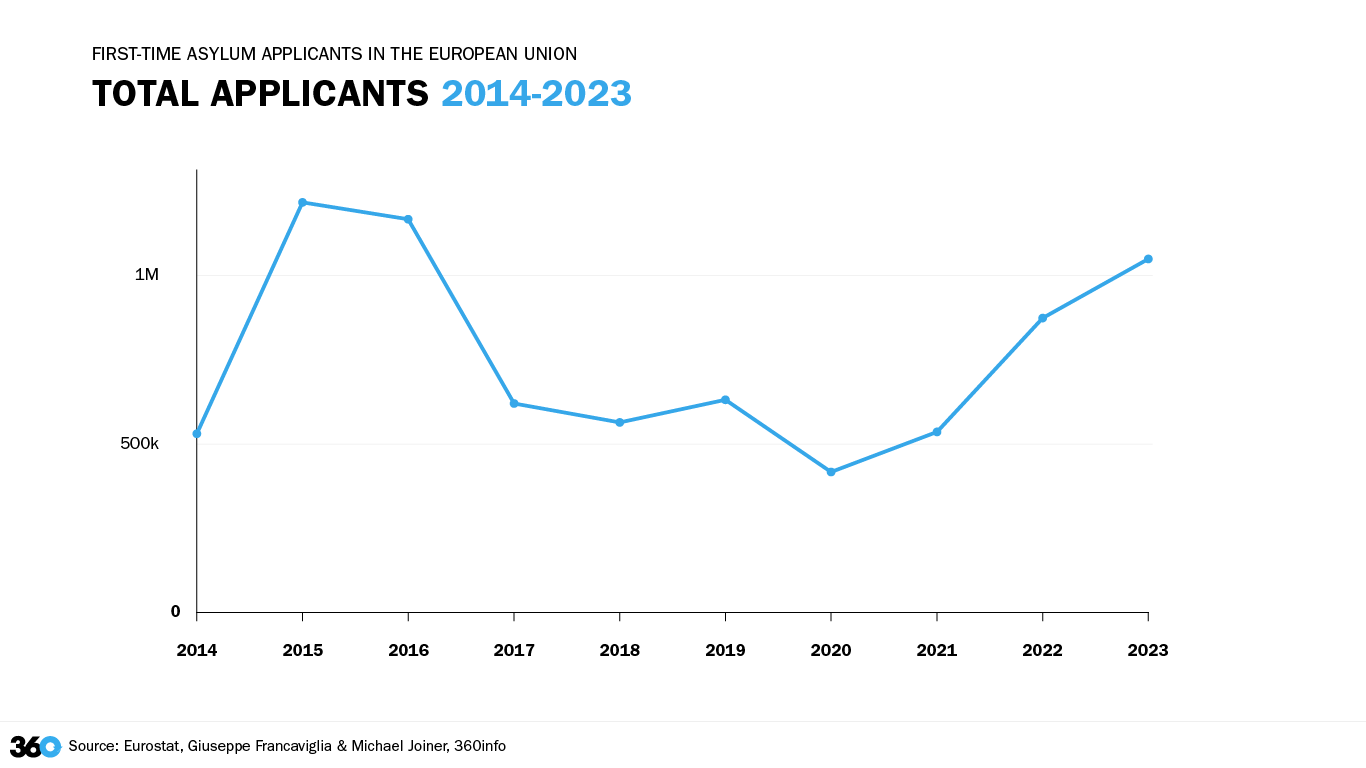
Refugees entering the EU seeking protection have climbed rapidly since the end of pandemic restrictions. This is happening alongside an increasingly volatile political landscape, but the regions producing most asylum seekers are not those in the headlines.
Most asylum seekers arriving in the EU are now from Syria (183,035 applications) and Afghanistan (100,935), despite having fallen out of the media spotlight, followed by Turkey (89,970). Venezuela (67,085) and Colombia (62,015) also have high rates of applicants, with people escaping violent crime, seeking safe harbor in Europe, sometimes retracing the paths of their ancestors who fled to South America more than a century ago.
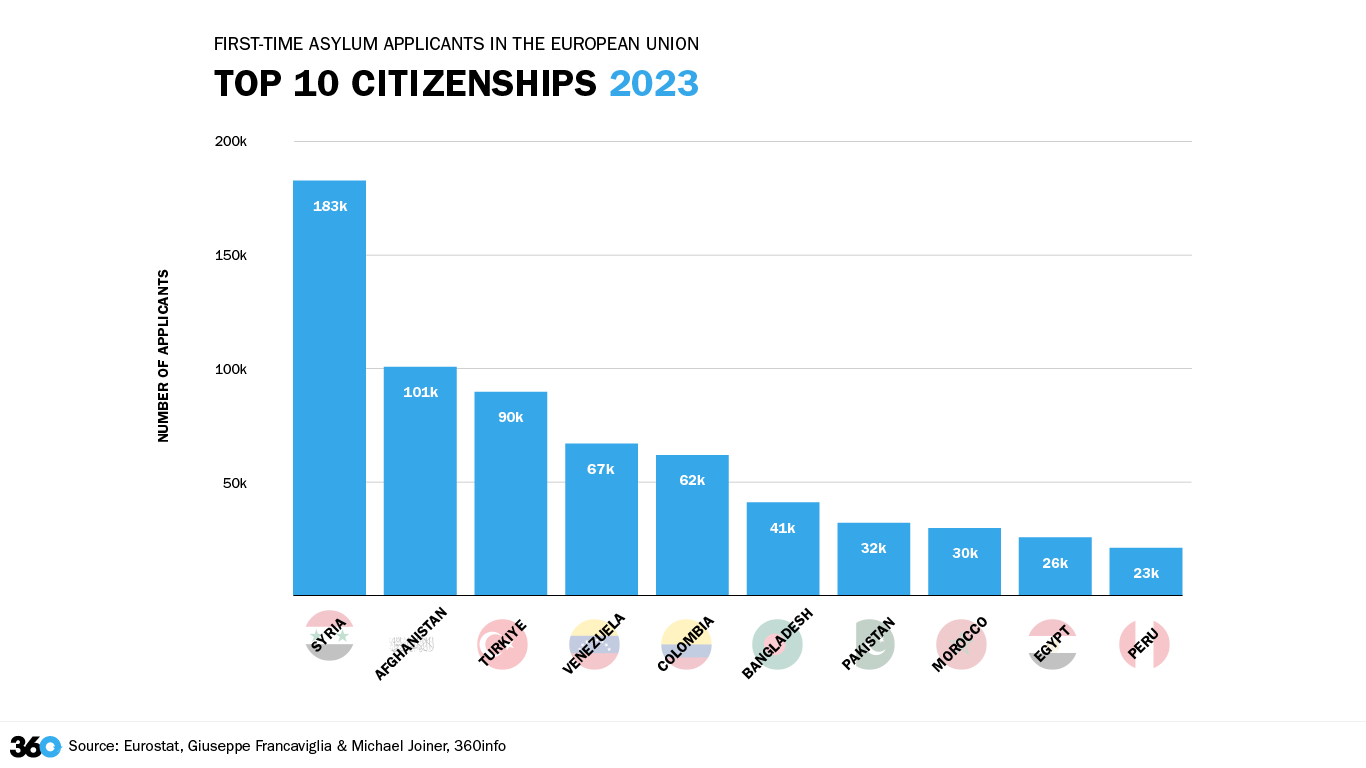
The reality of asylum application processing
Despite the Union’s increased interest in refugee management, over two decades of strengthening the EU’s role in this area have been marked by persistent calls for a burden-sharing approach, rather than a shared responsibility.
National interests and political sensitivity continue to dominate the debate, colored by the widespread belief that governance around humanitarian migration has failed, especially as it pertains to European institutions in promoting cooperation among member states.
This remains true even with the Migration and Asylum Pact. By replicating the limitations of the international governance system of human mobility — based on the concept of national societies bounded by national borders — the EU model is inadequate in addressing a phenomenon that transcends the boundaries of individual countries.
Asylum seekers’ routes and stories tell how contemporary forced mobility has changed, becoming even more difficult to categorize.
The traditional prototype of a refugee persecuted for political reasons by government authorities still exists, but nowadays forced mobility takes on a collective configuration.
People flee from assorted persecutors, including religious authorities and even members of their own families, citing various fears. These include the threat of being subjected to practices such as genital mutilation, violations of the rights of queer people, and the threat to survival posed by environmental catastrophes, among others.
Even more dramatic is the phenomenon of unaccompanied minors: 41,525 of them applied for asylum in EU countries in 2023.
Mixing migrant flows
Forced migrants often use the same routes and means as voluntary ones, producing the phenomenon of mixed flows.
The progressive “enlargement” of the concept of forced migrant has contributed to the rise in requests, making the distinction between voluntary and forced migrations increasingly porous and disputable. This has also made it relatively easy to submit instrumental asylum applications, putting the protection system under pressure.
The consequences are challenging from both political and ethical perspectives.
The management of asylum applications has become a leading producer of so-called “irregular migrants”— theoretically destined for expulsion but who often remain for years in an existential and social limbo — as well as migrants with a precarious status, which heightens their vulnerability (for example, by inhibiting their access to housing and employment).
The outcomes of applications indicate that, in addition to a high percentage of rejected applications (320,520 out of 678,755 examined in 2023), only a minority of applicants obtain Geneva Convention status (151,985), while the remaining portion is distributed between subsidiary (130,015) and humanitarian protection (76,235), a status specific to national legislation and not applicable in some EU countries.
After an appeal or review, another 51,250 people received protection status in 2023 (the recognition rate at the EU level was 27 percent for final decisions). Finally, in the same year, EU countries made a total of 13,405 decisions to withdraw protection status.
There was also a significant increase in pending applications — defined as applications made at any time and still under consideration at the end of the year — which rose from 883,450 at the end of 2022 to 1,144,085 a year later.
The issue of refugees becomes a European “problem” only when it physically breaches the borders of “Fortress Europe”, perhaps as a group of survivors from a shipwreck.
Despite millions eligible for protection in refugee camps on Europe’s periphery, only 13,830 people were resettled to the EU at the request of UNHCR in 2023, even fewer than the 18,555 welcomed in 2022.
The substantial lack of humanitarian channels diverts refugees onto unsafe routes or into the hands of traffickers, thus fuelling the enormous business developed around the desire or need to migrate.
It also creates the paradoxical, problematic issue of “false” asylum seekers becoming “true”, one who has earned the right to be received through suffering mistreatment, rape and torture, often in states with which EU countries have agreements to combat irregular immigration.
In Europe, the large numbers of rejected or waiting asylum seekers clashes with both the entrenched culture of rights and human dignity, and the needs of society and the economy grappling with the consequences of a “demographic winter”.
Courts and many civil society organizations committed to defending migrants are joined by employers struggling to recruit new staff.
Many have interpreted Germany’s recent openness to refugees, especially those with professional skills and educational qualifications, in this light. This sometimes risks bending the management of humanitarian migrations to an economic logic, often embedded in the pro-immigrant narrative itself, which emphasizes “our” need for “their” labor.
‘Devastating implications’
The aim of containing the number of asylum seekers has often taken on the appearance of the adjective “safe” applied to third countries erected as guardians of the EU borders, even when these countries are anything but safe for those in need of protection.
In line with the tendency to externalize the union’s borders, the pact has introduced a “mandatory border procedure” to be applied to certain categories of asylum seekers, particularly those coming from states with low recognition rates, thereby preventing applicants from entering EU territory. Furthermore, through the “legal fiction of non-entry”, areas close to the border may not be considered as part of EU territory.
According to many civil society organizations, these measures will have devastating implications for the right to international protection within the bloc, and will greenlight abuses, including racial profiling, default de facto detention, and pushbacks.
In line with the prevailing technocratic paradigm, the pact seeks solutions through the redesign of procedures and the use of surveillance technologies at all stages of migration and asylum procedures, rather than encouraging a debate on the ethical principles that should govern such a delicate matter.
A debate where today individual voices are missing. The voice of the “real” refugees, whose testimony should make us more aware of the privilege of living in a European democracy. And even the voice of “false” refugees, reminding us of the responsibility — shared with countries of origin and the international community — to build viable alternatives to migration. At the same time, it’s clear the need to institutionalize humanitarian corridors in order to offer vulnerable individuals and families a chance to rebuild their lives.
The international protection system, already strained by procedural shortcomings and a lack of global burden-sharing, faces a growing challenge: the blurring of lines between forced displacement and voluntary migration.
This highly debated border is still indispensable for the economic and political sustainability of protection systems.
But drawing it on the basis of considerations relating to the origin of the refugees or their economic advantage would be extremely dangerous — for the most vulnerable migrants and for the very identity of European society.
Zanfrini is Full Professor for the Scientific-Disciplinary Sector of Sociology of Economic Processes at the Catholic University of Milan
(Originally published under Creative Commons by 360info™.)


